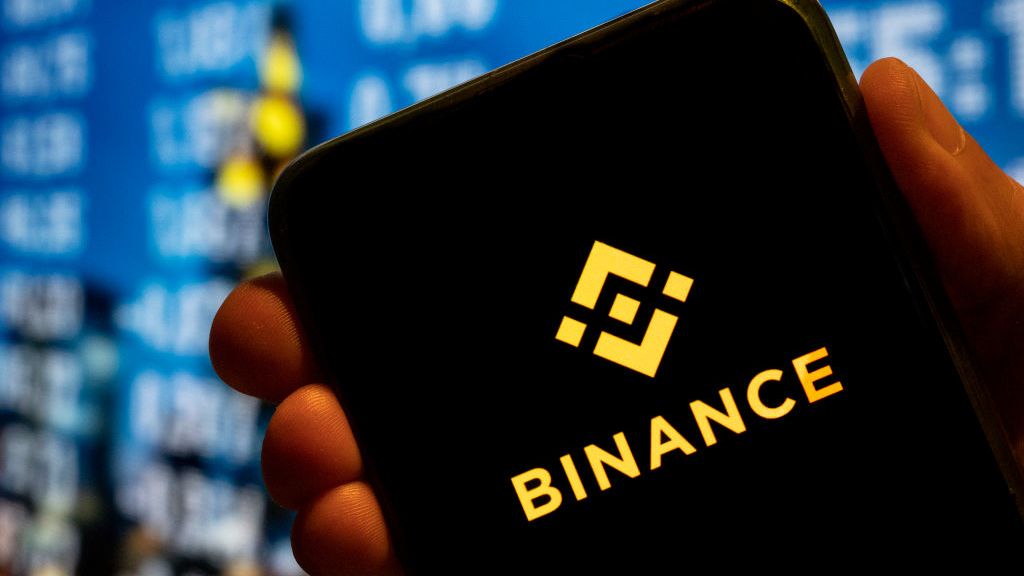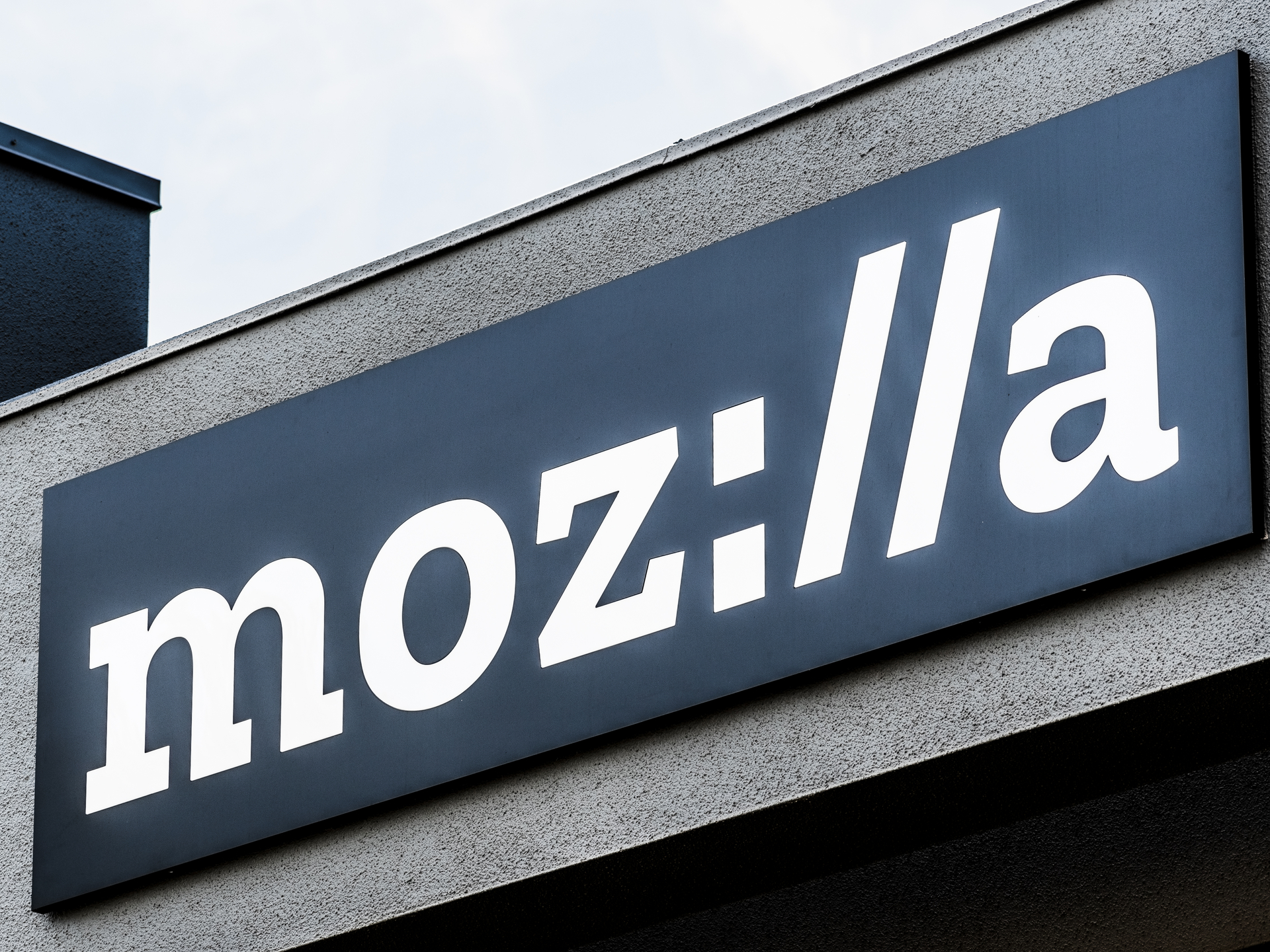Exploits for Windows BlueKeep vulnerability commercially available
The issue has been dubbed 'the next WannaCry' and now attackers can have a copy of their own, for a price


An American cyber security company Immunity has made its working exploit for the Windows BlueKeep vulnerability commercially available as part of its penetration testing kit CANVAS.
BlueKeep has been dubbed the next big security threat and one that could rival the significance of WannaCry. It's a wormable remote code execution (RCE) exploit that can give attackers the highest possible privileges on a Windows system.
Immunity isn't the first to create a working exploit for BlueKeep, other security groups have claimed to have beaten them to the punch but refuse to release proof of concept code in fears of it falling into the wrong hands.
Accompanied by a demonstration video, the firm announced on Twitter its exploit would be included in its CANVAS toolkit which can cost tens of thousands of dollars.
It's the first instance of a working exploit being sold and although the price is high, the consequences of it getting in the wrong hands could be catastrophic.
"This vulnerability is no joke; BlueKeep has all the makings of becoming the next WannaCry or NotPetya," said Bob Huber, CSO, Tenable. "Patch now before it's too late."
BlueKeep was discovered in May 2019 and Microsoft released an emergency patch, even for old operating systems that had reached end of life. The vulnerability is found in the remote desktop protocol (RDP) service in many old versions of Windows including Windows 7, Windows Vista and Windows XP. Windows 10 users aren't vulnerable to BlueKeep.
Get the ITPro daily newsletter
Sign up today and you will receive a free copy of our Future Focus 2025 report - the leading guidance on AI, cybersecurity and other IT challenges as per 700+ senior executives
Providing users patch their systems, BlueKeep cannot be exploited but it's well-documented that critical infrastructure is still reliant on legacy Windows operating systems, such as certain hospital equipment which uses software that's incompatible with current and more secure versions of Windows.
"Just because a patch is available, it doesn't mean that all companies are in a position to patch immediately," said Javvad Malik, security awareness advocate at KnowBe4. "Patching can be a complex procedure in certain environments and can take a long time."
However, according to recent reports, it's not the healthcare industry that needs to be worrying about BlueKeep the most. Since the vulnerability was released and national security agencies across the world including the NSA, the FBI and the Department of Homeland Security released their own warnings, researchers found that the telecoms sector was much more vulnerable than any other industry.
That has been largely attributed to the fact that telecoms companies often host end-customer systems they cannot upgrade themselves, meaning that in order to stay safe, their customers need to keep on top of their patch management.
When BlueKeep was first discovered, the number of affected systems was put at around one million globally. Following the research from BitSight in July, the authors claimed not much had been done to reduce the number of affected systems with the number thought to be around 800,000 at the time of publication.

Connor Jones has been at the forefront of global cyber security news coverage for the past few years, breaking developments on major stories such as LockBit’s ransomware attack on Royal Mail International, and many others. He has also made sporadic appearances on the ITPro Podcast discussing topics from home desk setups all the way to hacking systems using prosthetic limbs. He has a master’s degree in Magazine Journalism from the University of Sheffield, and has previously written for the likes of Red Bull Esports and UNILAD tech during his career that started in 2015.
-
 Meta just revived plans to train AI models using European user data
Meta just revived plans to train AI models using European user dataNews Meta has confirmed plans to train AI models using European users’ public content and conversations with its Meta AI chatbot.
By Nicole Kobie
-
 AI is helping bad bots take over the internet
AI is helping bad bots take over the internetNews Automated bot traffic has surpassed human activity for the first time in a decade, according to Imperva
By Bobby Hellard
-
 Google pays largest-ever bug bounty worth £500,000
Google pays largest-ever bug bounty worth £500,000News The company remained tight-lipped over the exploit itself, but speculation is possible given its publicly available rewards breakdown
By Connor Jones
-
 OpenSSL 3.0 vulnerability: Patch released for security scare
OpenSSL 3.0 vulnerability: Patch released for security scareNews The severity has been downgraded from 'critical' to 'high' and comparisons to Heartbleed have been quashed
By Connor Jones
-
 Hacker steals $566 million from Binance Bridge using proof-forgery exploit
Hacker steals $566 million from Binance Bridge using proof-forgery exploitNews An exploit discovered in the exchange platform's proof verifier let the hacker take 2m BNB without raising alarm bells
By Rory Bathgate
-
 CISA issues fresh orders to polish security vulnerability detection in federal agencies
CISA issues fresh orders to polish security vulnerability detection in federal agenciesNews The move marks the latest step in the cyber security authority's ongoing ambition to minimise the government's exposure to attacks
By Praharsha Anand
-
 Mozilla patches high-severity security flaws in new ‘speedy’ Firefox release
Mozilla patches high-severity security flaws in new ‘speedy’ Firefox releaseNews Numerous vulnerabilities across Mozilla's products could potentially lead to code execution and system takeover
By Connor Jones
-
 WordPress plugin vulnerability leaves sites open to total takeover
WordPress plugin vulnerability leaves sites open to total takeoverNews Customers on WordFence's paid tiers will get protection from the WPGate exploit right away, but those on the free-tier face a 30-day delay
By Rory Bathgate
-
 Numerous HP business laptops and desktops vulnerable to publicly disclosed security bugs
Numerous HP business laptops and desktops vulnerable to publicly disclosed security bugsNews Researchers revealed the details of the six vulnerabilities at Black Hat in August but many laptops, desktops, and workstations remain vulnerable
By Connor Jones
-
 HP patches high-severity security flaw in its own support tool
HP patches high-severity security flaw in its own support toolNews The application that's installed in every HP desktop and notebook was allowing hackers to elevate privileges through a DLL hijacking vulnerability
By Connor Jones